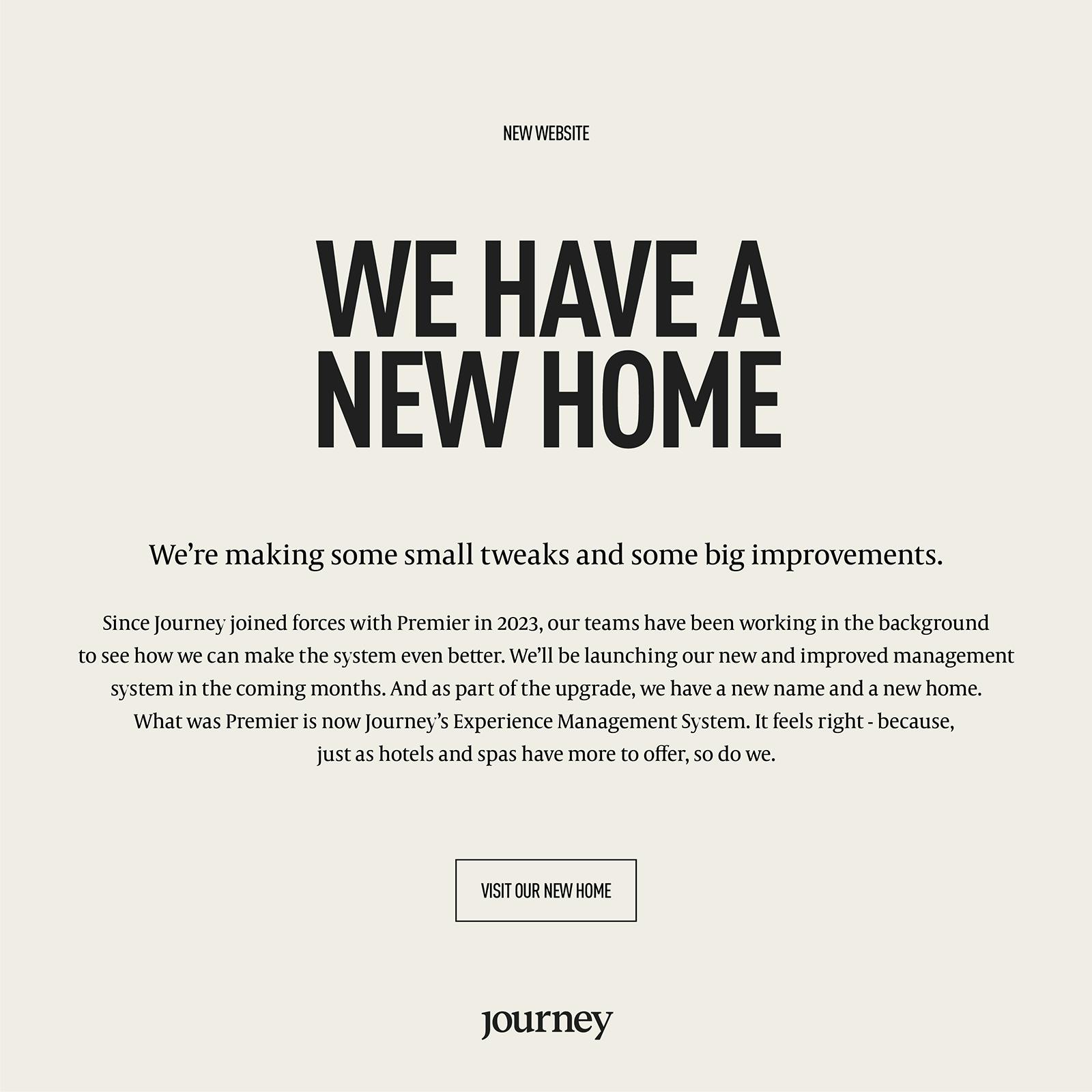Artificial Intelligence (AI) is technology that can analyse data and learn from it using advanced algorithms. Usefully, it can be used to measure client preferences and provide a personalised experienced. With many in the spa, leisure and wellness industries still reticent to use AI technology, we share several ways it can help improve your business and facilities.
AI helps form projections
Technology is useful for providing data to help analyse what practices are working and what is not. When paired with intelligent technology that can interpret this information to project the outcome of upcoming periods, business managers can pinpoint which areas to pinpoint and take action with. This, in turn, helps plan for the future.
Chat bot interactions
Your business requires an online presence to attract a wider pool of prospective clients, but AI can help answer any questions they may have. Beyond busy phone lines and slower email responses, live chat interactions have proved to be an effective and efficient alternative. When coupled with a chat bot, the responses can be immediate and provide learned answers for matching question keywords.
Recommendations
AI can be used to help track spending patterns and make recommendations based this. For example, clients who booked a gym session may have booked something with a personal trainer next time. Whether it is related treatments or retail to those purchased, AI can learn the spending habits of clients and automatically recommend something suitable that others have booked at the point of sale.
Back-office automation
AI can be used in back-office systems to help with robotic process automation (RPA), which can repeat tasks learned from user interaction. This is particularly useful for reports, including automation for finances or banking. AI can then help with categorising invoices that would otherwise take time.
Wearable technology
Wearable technology has become popular amongst clients who wish to measure their fitness. Using data input by the user, the AI will optimise a fitness session and personalise the experience for the user. In fitness and leisure facilities, this could be incorporated into your own sanitised wristbands that measure heart rate and performance – important to optimise current and future sessions.

